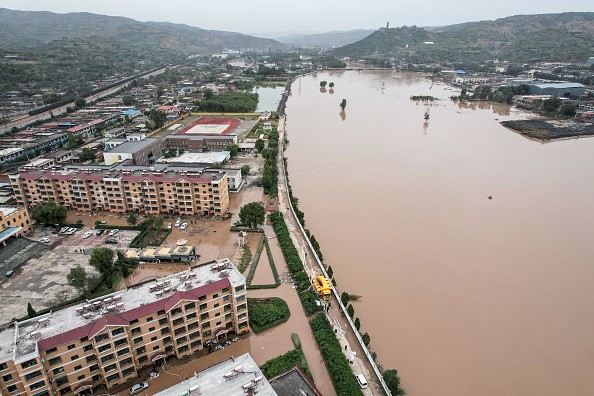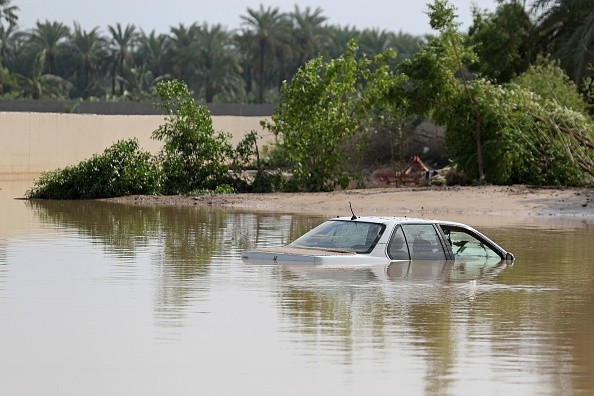A new report discovers that much of the infrastructure in the country risk being closed due to flooding as a massive investment to fix roads and adapt to climate change deals with an unknown fate in Congress. And the threat is anticipated to worsen as the planet heats up.

Risks of Flooding
Presently, 25% of all US critical infrastructure such as airports, police and fire stations, hospitals, and wastewater treatment facilities experience a substantial risk of becoming inoperable as a result of flooding, as per a new report which the First Street Foundation - a nonprofit research and technology group assessing the threat flooding presents across the country - released today.
Additionally, the report discovered that close to 2 million miles of road which is 23% of the roadways in the US are already at risk of being blocked as a result of flooding.
The researchers looked at five categories across the Lower 48 and Columbia the District: Critical infrastructure; social infrastructure, like government buildings, schools, and museums; commercial properties; roads; and residential properties in order to provide what First Street calls the fullest picture to date of flood vulnerability in the community level.
Also Read: Central States to Experience Flash Flood Risk After Days of Torrential Rainfall
Flooding Events
The report made use of calculations of operational flood risk from formal governing bodies to discover the amount of flood that will knock various types of services and facilities offline. Then the researchers overlaid the types of flood events that could possibly take place in an area at least just one time every two years to measure community risk.
First Street's previous reports have concentrated on the uncertain flooding risk which US homeowners face, as well as the poor flood insurance coverage majority have or don't have. Experts reveal comprehensive assessments similar to the new report are critical as the country considers a way to adapt to a future altered by climate.
Hamed Moftakhari, University of Alabama's assistant professor of environmental engineering who was not part of the First Street report said: "Even if your home is safe and secure from a specific intensity of flooding, if flooding is becoming more common and destructive in your community, your property value may be threatened too."

Areas Prone to Flooding
If there is a starting point or base for flood risk in the US, it is Louisiana.
The state is an abode to six of the top 20 counties mostly at-risk in the country. The most susceptible county in the US is Cameron Parish in southwest Louisiana, and then Orleans Parish, including New Orleans.
First Street's head of research and development, Jeremy Porter, said while New Orleans has modified its infrastructure and levees so that it can resist more powerful storms, there is a chance that a persistent rise in sea level and more impactful hurricanes will eventually overwhelm the current defenses of the city.
Porter said: "It's going to have to continually be updated as the environment changes in the future. The infrastructure that's in place today isn't going to protect New Orleans in five, 10, 15 years. That's only going to get worse as sea level rises, as storms not only become more frequent but become stronger."
Related Article: 33 Dead as Heavy Rains and Flooding Turned Streets and Subways into Rushing Rivers in China
For more news, updates about floods and similar topics don't forget to follow Nature World News!
© 2025 NatureWorldNews.com All rights reserved. Do not reproduce without permission.





